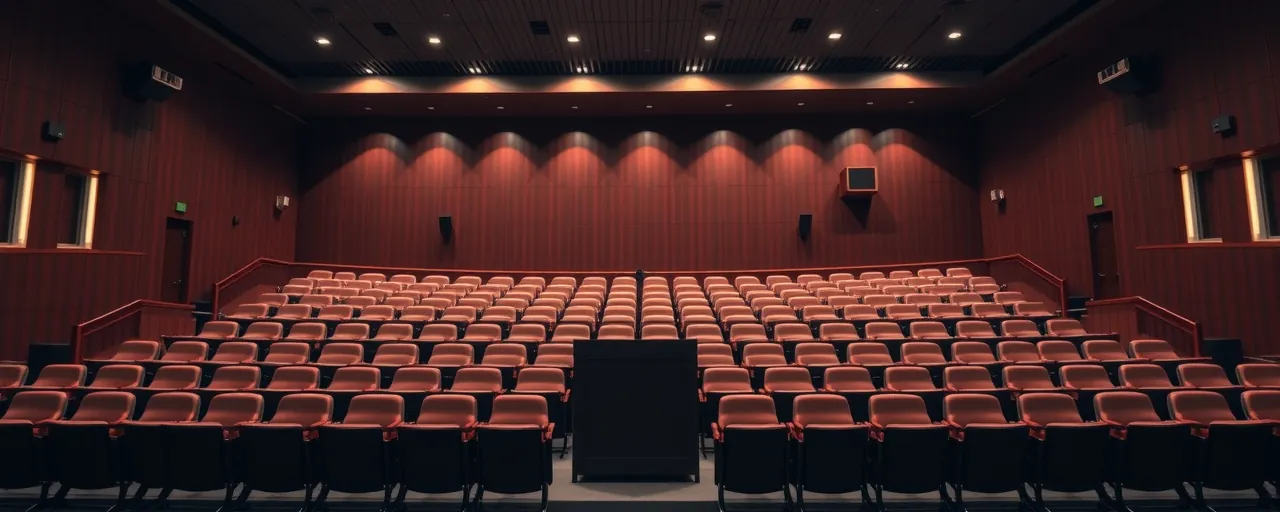A Policy Shift Rocks Academic Exchange
In May 2025, the U.S. State Department, under Secretary Marco Rubio, unveiled plans to revoke visas for Chinese students linked to the Chinese Communist Party or enrolled in fields critical to national security. The announcement, part of a push to counter foreign influence, has stirred unease across universities, diplomatic channels, and research networks. For many, the decision arrived unexpectedly, though it stems from years of escalating U.S.-China tensions.
Beyond revocations, the policy halts new student visa appointments for enhanced vetting and revises application criteria for students from China and Hong Kong. With 370,000 Chinese students in U.S. institutions, the ripple effects are significant. Universities, which value international students for their contributions to diversity and funding, now grapple with uncertainty.
This move raises broader questions about academic exchange in a geopolitically charged world. The U.S. aims to safeguard its interests, yet critics warn of consequences for global collaboration. Both perspectives carry weight, and the implications extend far beyond campus borders.
The Case for Heightened Security
The policy rests on national security concerns. Figures like Senators Jim Risch and Rick Scott highlight cases where Chinese students or researchers allegedly hid ties to government programs targeting U.S. technologies. The Department of Justice has pursued legal action against professors at places like Georgia Tech and Texas A&M for concealing affiliations with Chinese talent initiatives, amplifying fears of espionage.
Universities face stricter oversight of foreign funding. A 2025 Executive Order requires full disclosure of international gifts, driven by worries over programs like China’s Confucius Institutes. Institutions like Stanford have introduced voluntary reviews to assess influence risks, part of a nationwide effort to protect research integrity.
Advocates of the policy view it as essential. With U.S.-China competition intensifying, marked by $34 billion in tariffs and military tensions in the South China Sea, safeguarding fields like AI and semiconductors is a priority. Despite $650 billion in bilateral trade, vigilance remains critical for those prioritizing security.
Concerns Over Academic Freedom
Academic associations and civil rights groups argue the policy goes too far. International students added $43.8 billion to the U.S. economy in 2023-24, sustaining 378,000 jobs, with Chinese students leading the way. Visa restrictions, including 2024 pauses on student visa interviews, have already cut international enrollment by 11 percent, with Chinese numbers dropping as Indian enrollment climbs 23 percent.
The 2025 Academic Freedom Index notes declining university autonomy where security measures tighten. Critics contend that targeting students by nationality or study field could stifle innovation and drive talent to nations like the UK or Canada. Beijing’s protests signal potential diplomatic fallout, complicating U.S.-China relations.
For students, the policy feels invasive. Social media vetting and heightened scrutiny raise concerns about freedom of expression. The broader toll on campus diversity and collaborative research, particularly in STEM, could weaken the U.S.’s position in global innovation.
Echoes of Past Tensions
Balancing security and academic freedom has long challenged the U.S. World War I loyalty oaths, McCarthy-era investigations, and post-9/11 measures like SEVIS monitoring reflect this struggle. The 2018 trade war and 2020 designation of Confucius Institutes as foreign missions intensified scrutiny of Chinese academic ties.
Yet, U.S. higher education has thrived on openness. Post-World War II exchanges and the 1972 U.S.-China rapprochement fostered collaboration. Today’s rivalry, with tech export controls and diplomatic competition, recalls Cold War dynamics but unfolds in a deeply interconnected global economy.
Navigating the Path Ahead
The visa policy poses complex questions. How can the U.S. protect its interests while remaining a hub for global talent? Universities must comply with regulations while championing open exchange, a task made harder as competitor nations attract students deterred by U.S. restrictions.
Students bear the human cost, facing disrupted studies and uncertain futures. Diplomatic strains could further complicate U.S.-China ties. The challenge lies in designing policies that address security without undermining the principles of academic freedom and global collaboration.
As the U.S. charts its course, the world watches closely. The outcome will influence universities, innovation, and diplomacy. Crafting a balanced approach demands careful thought, but it’s a dialogue that matters for the future of global knowledge exchange.
